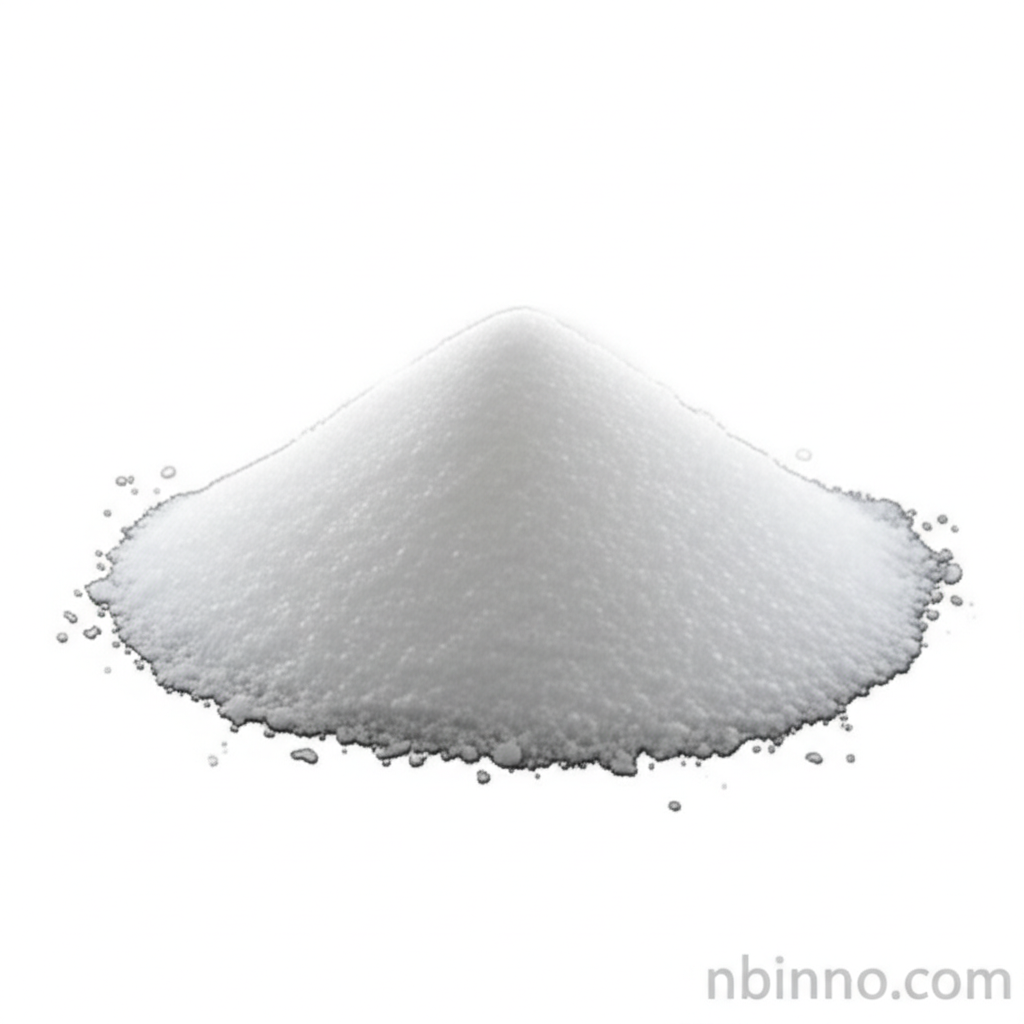Triphenylphosphine: A Versatile Organophosphorus Compound for Organic Synthesis and Catalysis
Explore the extensive applications of Triphenylphosphine as a crucial reagent and ligand in modern chemistry.
Get a Quote & SampleProduct Core Value

Triphenylphosphine
Triphenylphosphine (TPP) is a highly versatile organophosphorus compound widely recognized for its pivotal role in organic synthesis and as an indispensable ligand in transition metal catalysis. Its unique chemical properties allow it to participate in a broad spectrum of reactions, making it a cornerstone in the development of new chemical entities and processes.
- Leverage the power of triphenylphosphine organic synthesis reagent for your complex chemical transformations.
- Utilize Triphenylphosphine as a catalyst ligand to enhance the efficiency of transition metal catalyzed reactions.
- Explore the utility of triphenylphosphine in the renowned Mitsunobu reaction for stereoselective synthesis.
- Incorporate triphenylphosphine into Appel reaction protocols for efficient alcohol to alkyl halide conversions.
Key Advantages Offered
Enhanced Reaction Control
Benefit from the nucleophilic and reducing characteristics of triphenylphosphine, enabling precise control over reaction pathways and outcomes, crucial for achieving target molecule synthesis.
Catalytic Efficiency Boost
Triphenylphosphine serves as an excellent ligand for transition metal complexes, significantly boosting catalytic activity and selectivity in homogeneous catalysis, including well-known applications like Wilkinson's Catalyst.
Broad Application Spectrum
From its use in deoxygenation reactions to its role as a flame retardant and stabilizer, triphenylphosphine offers a wide range of applications across various industries including medicine, petrochemicals, and polymers.
Key Applications
Organic Synthesis
Triphenylphosphine is a critical reagent in many named reactions, facilitating the formation of complex organic molecules through its nucleophilic and reducing properties, making it indispensable for fine chemical synthesis strategies.
Homogeneous Catalysis
As a key ligand for transition metals, triphenylphosphine enables efficient catalytic processes. Its role in homogeneous catalysis is vital for reactions like hydrogenation and carbonylation, forming the basis of advanced catalytic systems.
Material Science
In material science, triphenylphosphine finds use as a flame retardant and a stabilizer in polymers and coatings, contributing to enhanced material properties and performance.
Pharmaceutical Intermediates
Its application extends to the pharmaceutical industry, where it is used in the synthesis of various drug intermediates, underscoring its importance in the creation of life-saving medicines.
